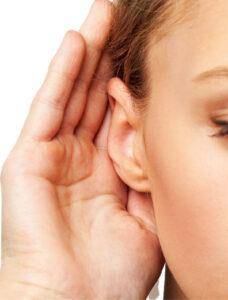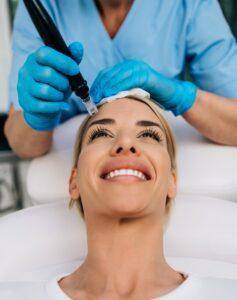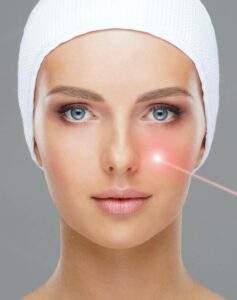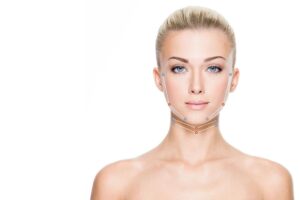Nose job (rhinoplasty) Vienna
Surgical nose job for hump reduction,correction of crooked nose and tip of nose Vienna
Nose surgery
- Final result: After approx. 12 months
- Recovery time: Approx. 14 days
- Ability to work: Office work after approx. 2 weeks (swelling and bruising may be present for longer)
- Pain: Low
- Sport: Light sport after approx. 4-6 weeks
- Costs: € 5.690,-
Consultation with Dr. Roland Resch
Feel free to book a consultation with Dr. Roland Resch
Nose job for hump reduction, crooked nose and tip of the nose
The nose is a central part of our face, and we cannot hide it in our interactions with others. Studies show that during the first encounter with a person, our gaze instinctively moves back and forth between the eyes and nose, “checking” whether the proportions, distances, and measurements are in harmony—we cannot resist this. It is therefore all more than understandable that changes in the shape and function of the nose are perceived by many people as particularly restrictive and burdensome.
Nose surgery (septorhinoplasty) is an option:
Your nose is too big for your liking or there is a hump (hump nose)
You think the tip of your nose is too big, wide or plump
Your nose is crooked after trauma or congenital deformity
Due to the ageing process, your nose shows undesirable changes in shape
Your nose has already been operated on and you are not satisfied with it
Nose job - Rhinoplasty - Septorhinoplasty
All these terms essentially cover the surgical correction of the nose to a greater or lesser extent.
Which method is required and to what extent for each individual patient varies greatly and must always be discussed and determined on a case-by-case basis.
For one patient, it may be sufficient to correct the tip, while for other patients, tip correction, hump reduction, straightening of the nasal septum, repositioning of the nose, and possibly other details may be necessary.
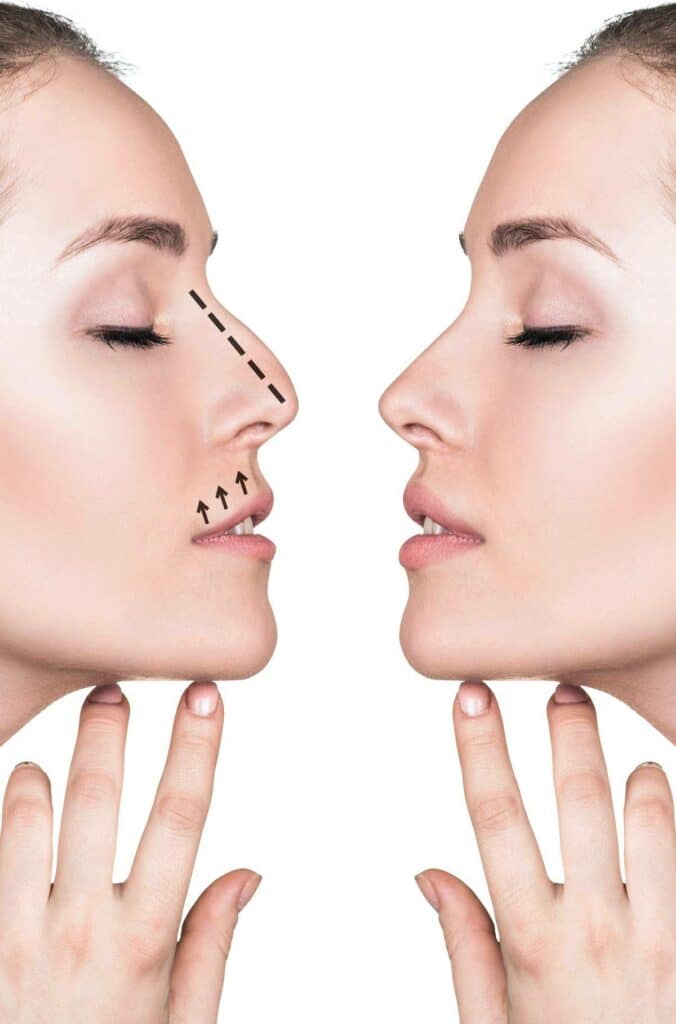
Rhinoplasty in Vienna
In the Western world, noses are often considered too large, with or without a hump (commonly known as a “hump nose”), and too long for modern aesthetic perception. In many cases, there is also a more or less pronounced impairment of nasal breathing. Aesthetic changes to the nose are often associated with functional limitations.
Therefore, many people seek ways to influence and change the shape and function of their nose.
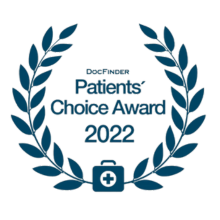
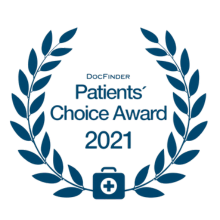
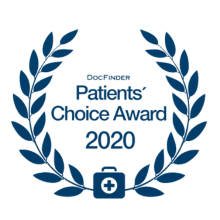
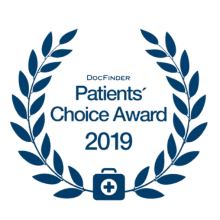




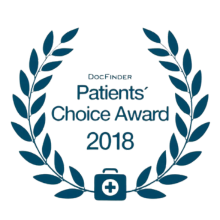
Guide to rhinoplasty - The path to your new self
It is very important to me to support you in your decision by providing comprehensive information. In addition, a trusting relationship with your doctor is always beneficial.
Our procedure for your nose surgery
Arrange a consultation
Simply make anappointment online via"Arrange a consultation" or by phone at
+43 1 417 05 05. We are happy to get in contact with you.
Talk to Dr. Roland Resch
At your first consultation you will be thoroughly informed about the procedure you are planning to go through. We will answer all your questions. You will take home all the documents needed concerning your treatment.
Take your time
Take your time to think it over and read the documents we provide about your planned procedure. A reflection period of about 14 days is recommended for most procedures.
2nd consultation
In a second appointment we go through all aspects of the procedure again, and I will be happy to answer all your questions.
Operation
If you decide to have the procedure, we will find a suitable date for you.
Make an appointment
Dr. Roland Resch is available for a personal consultation by appointment!
4 steps to a nose correction (rhinoplasty)
Anesthesia for rhinoplasty
A nose correction (septorhinoplasty, rhinoplasty) is almost always performed under general anesthesia, except for very small corrections.
Method of rhinoplasty
Rhinoplasty is one of the most demanding aesthetic operations. As varied as people's noses are, so are the possible types of surgery and the surgical steps required for a good result. The following always applies: as much as necessary, as little as possible to cause as little trauma, scarring etc. as possible.
Closed or open rhinoplasty - nose correction
This is determined on a case-by-case basis and after a preoperative examination.
Closed rhinoplasty: In closed rhinoplasty, access to the nose is created endonasally, i.e. via the inside of the nostrils. Certain corrections can be carried out without a scar being visible on the outside of the nose.
Open rhinoplasty: For other and more complex corrections or for certain work on the tip of the nose, however, open rhinoplasty makes sense. This provides a better overview of the surgical site. The outer scar is on the bridge of the nose and is only a few millimeters long. After complete healing, the scar is often barely visible.
Aftercare and recovery after rhinoplasty
- A nasal tamponade is usually required at the beginning (splints or absorbent compresses in the nostrils), which are removed a few days after the operation. We will make special appointments for this. All sutures inside the nose are self-dissolving. If stitches are required on the nose bridge, these are removed after 7 - 10 days.
- A splint for external stabilization of the nose can be removed after 7 - 14 days. Please refrain from blowing your nose for 14 days and do not sneeze for 2 - 3 weeks ("empty", sneeze with your mouth open).
- Light activities can be resumed after 1-2 weeks, heavy physical activities after 4-6 weeks, depending on the activity and the extent of the operation.
The result of a rhinoplasty
The result of a rhinoplasty is determined after approx. 12 months.
Nose surgery - What you should know!
How permanent is rhinoplasty?
The result of rhinoplasty (nose correction) depends, in addition to the surgical procedure itself, on numerous other factors. Factors such as the texture and thickness of the skin on the nasal tip and bridge, genetic factors affecting wound healing and scarring, age and general health condition, as well as external influences like sleeping on the stomach, engaging in sports with increased nasal breathing, and potential traumas to the nose, among others, play a role. This explains why rhinoplasty is referred to as a 4-dimensional operation. The nose undergoes changes not only in the three spatial dimensions but also in a fourth dimension—over time. This process can also extend over several years.
What happens during a nose job / rhinoplasty?
There is no simple answer here. As diverse as the shapes and sizes of noses are, the potential surgical requirements to correct a nose are equally varied. Redefining the nasal tip may be sufficient for some patients, while others may require hump reduction, and for yet others, both procedures may be necessary, perhaps along with the correction of the bony structure of the nose. Following a thorough consultation, a customized treatment plan will be created for you.
In general, however, it can be said that the surgery usually takes place under anesthesia on a day-case basis, meaning you wake up shortly after the operation and can go home soon afterward. Mostly, you will have a splint that you need to wear for 1–2 weeks. Tamponades are often necessary, which are removed after a few days. Thanks to the use of modern materials, this is done without pain.
How does the healing process proceed after a nose surgery?
The acute course lasts about 2 – 3 weeks. However, even after that, there are residual swellings that gradually subside in the following weeks. Depending on the required correction, the sutures are removed after one week, and the splint is removed after 1–2 weeks. In general, you can return to work after about 2 weeks. Pain is generally minor and can be well managed with the pain medication prescribed by us.
What are the risks of rhinoplasty?
The operation is performed as gently as possible. Nevertheless, in individual cases, there may be more or less pronounced swelling of facial tissues and eyelids, as well as bruising. Postoperative bleeding, requiring a second operation, is very rare. Wound infections are also rare due to appropriate antibiotic protection. We will inform you separately about other rare risks.
When is it possible to resume sports and sauna after a nose job?
Light physical activities can be resumed around 4-6 weeks, and for extensive corrections, it may be even later. Sauna and solarium should be avoided for at least 3, preferably 6 months.
How do I prepare for a nose operation?
Before a rhinoplasty, we will discuss the following points together in order to positively influence the success in advance and avoid risks:
- Good general state of health. This is a prerequisite for rhinoplasty. There should be no acute or severe chronic illnesses that contraindicate a surgical procedure.
- Depending on the findings, a CT scan of the nose and paranasal sinuses may also be necessary.
- If you have hypertension or diabetes, you must be well-controlled with medication.
- Blood-thinning medications must be discontinued well in advance of the surgery and, if necessary, replaced with suitable alternative medications.
- Avoid aspirin and other anti-inflammatory drugs, as these greatly impair blood clotting.
- The same applies to herbal medicines and food supplements, as these can also affect blood clotting.
If necessary, please indicate this when making the appointment. - There should be no febrile infections or fever blisters present.
- Smoking constricts blood vessels and thus leads to circulatory disorders. This can lead to serious wound healing disorders. For this reason, I strongly recommend not smoking for 6 weeks before and 6 weeks after the operation.
- Prepare everything you will need after the operation at home and put the most important things within easy reach so that you can devote yourself to your recovery after the operation.
- Organize your transport home, as you are unable to drive yourself.
- Also avoid excessive alcohol consumption during this time.
- Regardless of the type of procedure, drinking enough water before and after the procedure is necessary for recovery.
What is the cost of a nose job?
The price for a nose job is € 5,690 and includes all services:
- Preliminary discussions and consultations
- OP clarification
- Anesthetist, surgical nurse and all follow-up checks
- Medical photography and photo documentation
Price valid from 01.01.2024
What patients say about us
Very detailed consultation in which all my questions were answered AND explained very well by Dr. Resch. The operation was painless, I received a call from Dr. Resch on the same day in which he asked how I was feeling (great aftercare). The healing process went just as Dr. Resch had told me before the operation...... The whole team - receptionist, surgery nurse - is VERY nice and explains all the steps that need to be taken before and during the operation....
Great people are doing a perfect job. Many thanks for that
I had my breast done by Dr. Resch, it was before the summer and I am soooooo happy! He suggested the operation with implants and it was really the right decision. Size, shape - everything is great! Everything was explained well and in detail. I was a bit scared and nervous, but I had almost no pain. I could have gone straight back to work, which really surprised me. It healed quickly and I was in the bath and had a hot summer with my new twins! Thank you, thank you, thank you!!!
I have had liposuction on my hips and thighs. From the first consultation to the 2nd check-up appointment, I was well looked after by the whole team and Dr. Resch and the results are really impressive. I can really only advise everyone to seek help here if they have an aesthetic problem!!!
WOW! I had a thread lift done by Dr. Resch to liften my face and chin line. I am more than thrilled. My husband says: 10 years younger! The advice and clarification were excellent and no questions were left unanswered. Dr. Resch also explained to me exactly what is achievable and what is not. The entire team is very friendly and empathetic. I felt very comfortable. I was able to go home shortly after the treatment. There was hardly any pain. The check-up appointments afterwards, which are included in the price, are also carried out in a relaxed and attentive manner. For me the best beauty doctor! 5 stars!
Dr. Resch lifted my upper and lower eyelids in a single operation. The result is a dream. Dr. Resch gave me incredibly good advice and showed me before and after pictures. He answered all my questions and also asked me in great detail about my ideas in order to harmonize reality and my expectations. My expectations were even exceeded: It's now been 3 months and you can't see the scars at all. Everything is firmer and the bags under the eyes have disappeared. The staff are also extremely empathetic and courteous, and the practice is also very nice. All in all, this doctor can really be recommended! Thanks to Dr. Resch
At the end of last year, I decided to have surgery to remove my gynecomastia, which had bothered me since my youth. I came across Dr. Resch, who made a very professional and emphatic impression from day one. After the initial consultation, I decided to have surgery with Dr. Resch.
The entire procedure, from making appointments, pre-operative information, intra- and post-operative care to follow-up checks, was of the highest standard.
This is where the humanity of Dr. Resch and his team really shines through.
All questions were answered patiently and in detail, even outside the surgery's working hours.
Dr. Resch and the entire team can only be recommended!
Thank you!
As a specialist in plastic surgery and also surgery (this combination is rare to find) he is really highly recommended! He is very nice, competent and responds wonderfully to his patients' problems. What you quickly find very likeable is his down-to-earth attitude - i.e. he is not aloof like so many others in his industry. The support was excellent, his team is very friendly and the appointments are uncomplicated. I can only warmly recommend him and his team! Thanks to him I have a normal everyday life again without massive sweating! Thank you!
I have already had several procedures with Dr. Resch (eyelid lift, liposuction on the stomach and legs) and can only warmly recommend him - and his team! From the professional, empathetic and - in terms of the result - realistic consultation to the procedures in a reassuring, trusting environment, I felt that I was in good hands and very professionally looked after. I was also always very well looked after and advised during aftercare. Thanks to the whole team for the great all-round support!
I was interested in breast augmentation with autologous fat. Dr. Resch explained everything to me very precisely and also told me realistically what is possible. But I already knew from reading on the internet that only a certain amount of size increase was possible, which was completely ok for me. The operation wasn't bad at all, the girdle was a bit annoying. But hold on girls: bigger breasts, fat pads gone! Especially riding breeches and so over the waistband! It really paid off! Can only recommend Dr. Resch and his friendly team!
I had breast reduction surgery with Dr. Resch and it was a fantastic experience. Right from the beginning he lead me through the whole process of preparing for surgery, finally underwent surgery and all went well!!!! I am so happy with the results and finally feel so much lighter! My breasts were such a heavy load for so many years! Healing was also no problem and in the meantime the scars look fine! New breasts, new life! Thank you!


